
When you’re exploring the South Downs, in addition to enjoying the gently rolling landscapes, be sure to make time to explore the area’s history. This part of West Sussex is home to some of the finest surviving examples of Roman mosaics in Britain today.
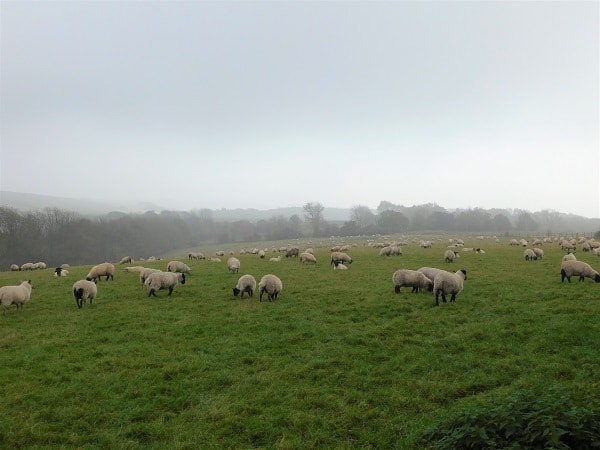
The Romans first landed on British shores in 55 BC, led by Julius Caesar. After a few raids, he returned the following year with more men. Although they established a few outposts, for the most part they left the island in peace. That is until Claudius led a full-scale invasion in 43 AD. For the next four centuries, the Romans created a sophisticated network of roads and settlements, laying the foundations for many of Britain’s major cities.
Then, in 410 AD, the Romans abruptly left. They needed to return to Italy to defend their home territories and they never came back. Forts and villas fell into decay, were destroyed, or were lost in time, buried beneath layers of soil and history.
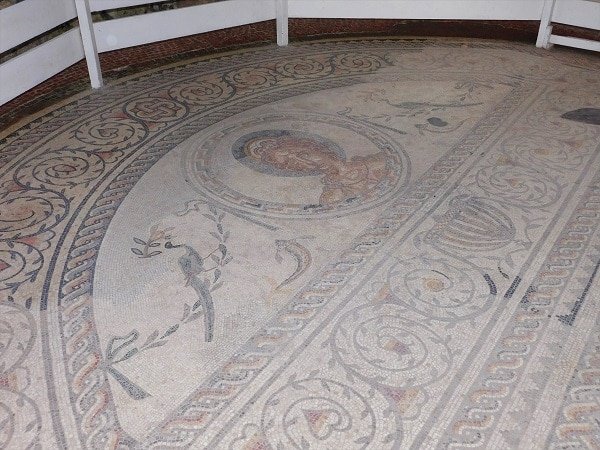
Fortunately for us, hundreds of years later some former Roman sites have been rediscovered. As it happens, two sites in West Sussex hold some of the finest original mosaics that you will see anywhere in the United Kingdom.
Why West Sussex?
The cathedral city of Chichester was founded during the Roman occupation of Britain. Known then as Noviomagus Reginorum, it lay at the start of Stane Street, which linked it to the Roman settlement of Londinium (London). Its geographic location made it an important military stronghold and port. As such, it attracted a large amount of wealth.
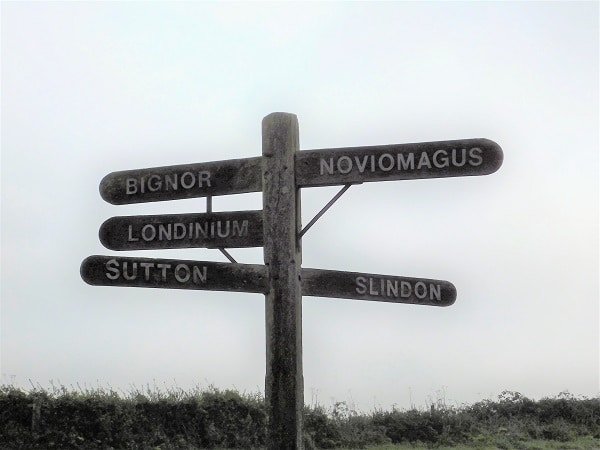
Bignor Roman Villa
Located on what was once the main thoroughfare between Chichester and London, Bignor now enjoys the peace and quiet of the South Downs. Sheep graze nearby and the only real traffic is visitors to the site.
Discovered in 1811 by ploughman George Tapper, Bignor Roman Villa dates back to approximately 200 AD. At its peak, it consisted of about 70 buildings covering 4 acres. The villa was destroyed by fire and its foundations lay hidden for centuries until Mr Tapper happened across part of a mosaic. Visitors soon came from far and wide to see the excavations. It is now a double-listed site, both for its extensive Roman mosaics, and for the Georgian thatched cottages that still stand.
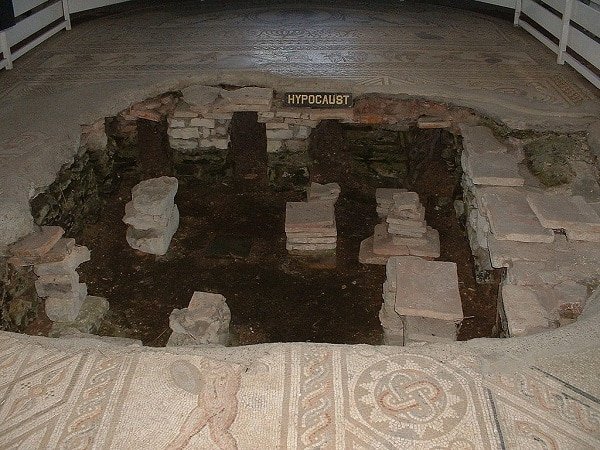
Among the exposed remains are a bath house with a tiled representation of Medusa, several dining rooms, the remains of a hypocaust (an underfloor heating system), and a lengthy corridor. Only one third of the latter is on view but it is the longest of its kind in the UK. Archaeologists say that the hallway would once have extended the length of three tennis courts.

Fishbourne Roman Palace
Some 150 years after the discovery of Bignor, another local farmer made an important discovery. This find was equally accidental. A farmer was digging a water trench on his land when his shovel hit something hard. Soon, careful digging uncovered the largest collection of early Roman mosaic floors in Britain.
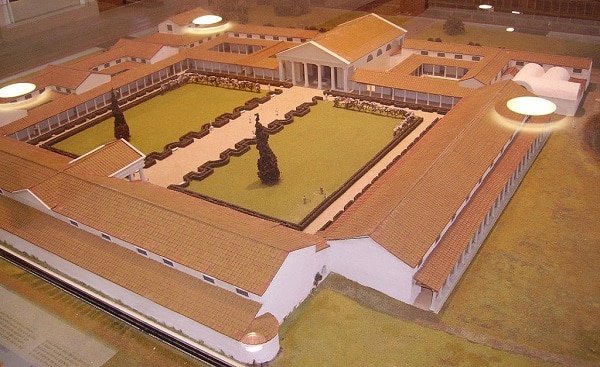
Historians believe that, given its size, Fishbourne was a residence for someone of extreme importance in Roman society, possibly Togidubnus, a local chieftain who earned the title of king.

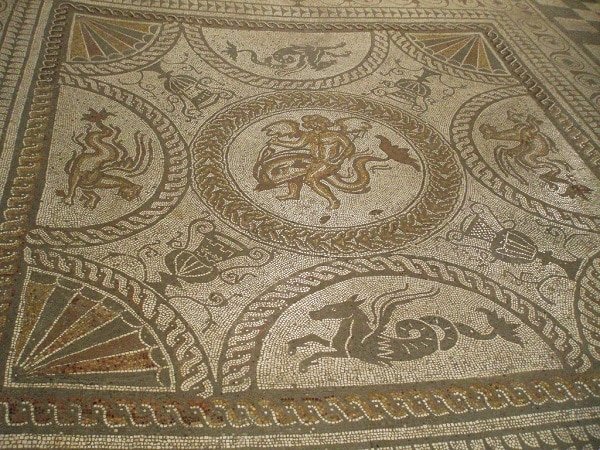
Today visitors can see ongoing excavation and restoration work. Historians have also replanted the formal and herb gardens to demonstrate how they would have appeared some 2000 years ago.

Both Bignor and Fishbourne are within easy reach of Chichester and are open to the public. Bignor is open from March to the end of October. Fishbourne is open year-round but check the website for hours as it is open weekends only during late December and January.

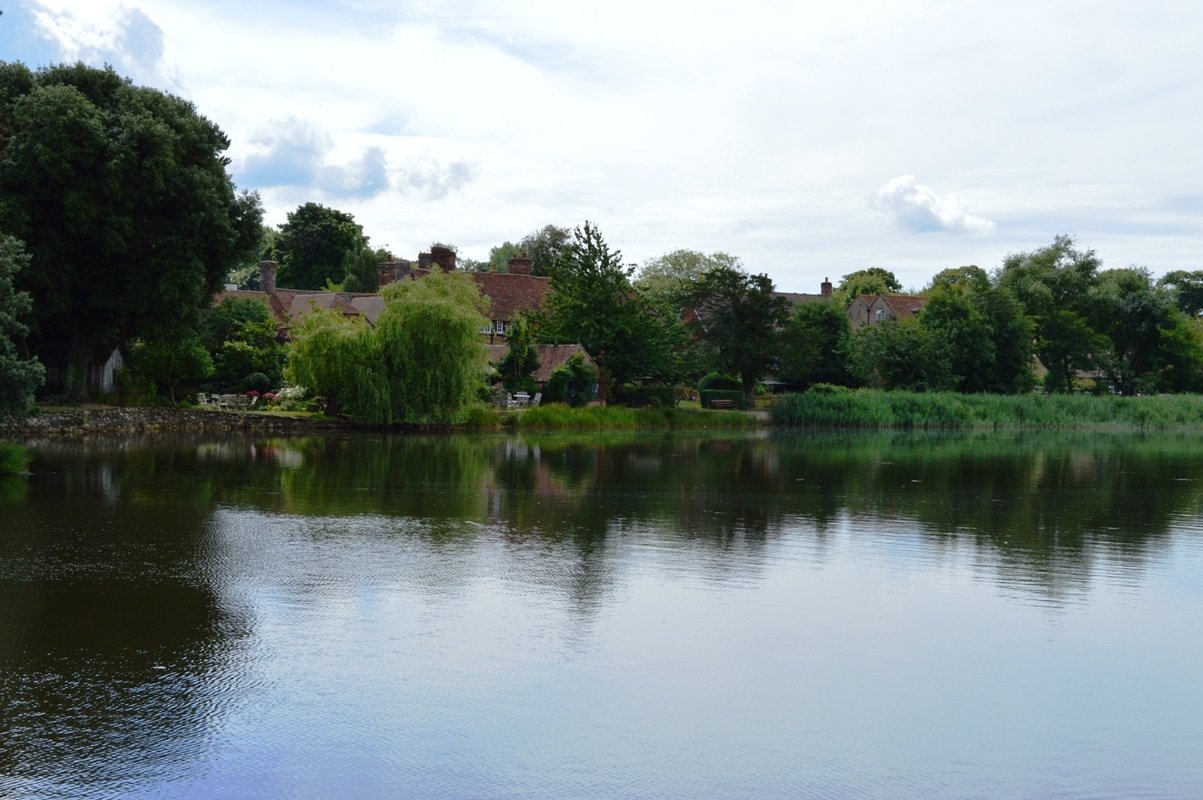
Fabulous, and I hope to visit soon Am doing a mosaics course, and hope to one day try to copy some of these designs